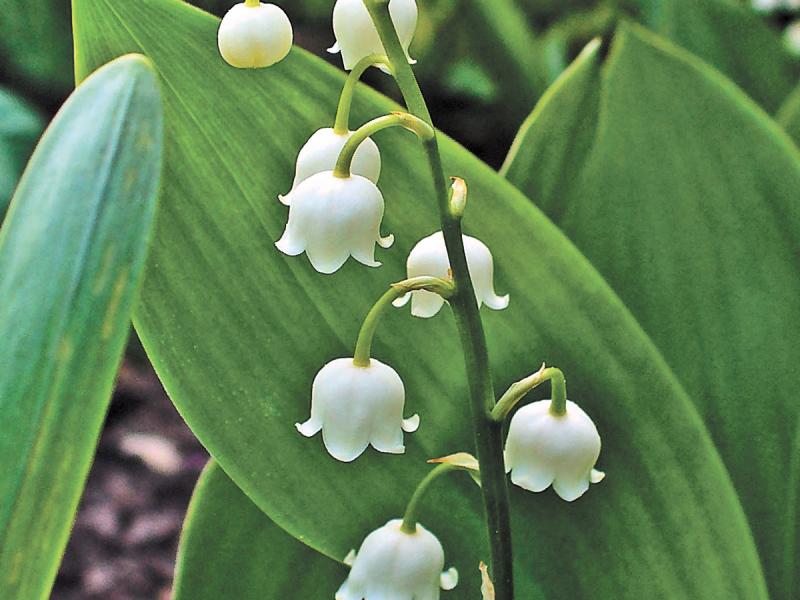Cut back and divide your perennials this fall
Rock bands get their names from strange places, but one band found its name in the dictionary when Jerry Garcia pointed out an entry for the final act of charity; when a dead person's angel shows gratitude to the living who had the deceased properly buried, the angel is called the Grateful Dead.
The band was a hit; so much so that avid fans following the band tours became the ultimate fan club, the Deadheads.
Deadheading in the garden is removing spent flowers so new ones can grow in their place. Not only does deadheading keep the plants looking neat and tidy, but it lets the plants put their energy into growth instead of producing seed pods. Even removing yellow or brown leaves will help.
As fall takes hold, you need to deadhead all of the flowers. Once deadheaded, you can dig up and divide spring-blooming herbaceous perennials such as Astilbe, Peonies (Paeonia), Bleeding Heart (Dicentra), German or Bearded iris (Iris germanica), Daylily (Hemerocallis), Japanese Iris (Iris ensata), Lily-of-the-Valley (Convallaria), Oriental Lily (Lillium orientalis), Siberian Iris (Iris series Sibiricae) and Veronica (Veronica officinalis).
By waiting until flowers have come and gone to divide plants, you lessen the shock to the plant, as well as reducing the need for the roots to rejuvenate after transplanting. Let the plants grow several weeks after flowering before moving them.
There are major rewards to waiting until fall to divide or move perennials. If you divide or move many perennials in the spring, the plants will go through transplant shock and may not flower for another year. Watering the plants you want to divide a few days before you dig them up will loosen the soil and make it easier to dig. A well-watered plant will also grow better once moved.
Before transplanting, cut the stems and leaves back to just six to eight inches high so the newly moved plant roots can concentrate on strengthening the remaining plant rather than continue to feed the upper foliage. If your plants were growing well in their current place, move as much of the existing soil as possible to the new planting spot. This allows familiar fungi and soil organisms to move with the plant.
Dig an inch or two out from the outer edge of the foliage so you get as much of the roots as possible. After the plants are out of the ground, turn them over so the roots are facing up. This lets you judge better where to make your divisions. If a plant’s root ball is thick with roots and difficult to divide, try using two garden forks back-to-back that you jab into the roots, then pull the forks in opposite directions, splitting the roots.
Try to dig a hole slightly larger than the root ball, being sure that the crown of the plant is at the same level as it was growing before. After planting, check for air pockets in the soil. Tamp the soil down firmly around the new transplants to force the soil to directly contact the roots. Always water the newly transplanted perennials well right after planting, then water about every two or three days for a week or so.
So cut back and divide your perennials this fall, and you will have even more plants next year. In return for burying them properly, you will be rewarded with more flowers as if from the angels, much like a posthumous charity from your own plant world Grateful Dead.




















































